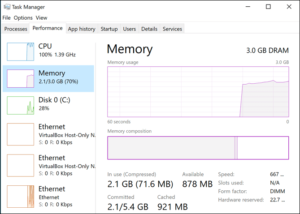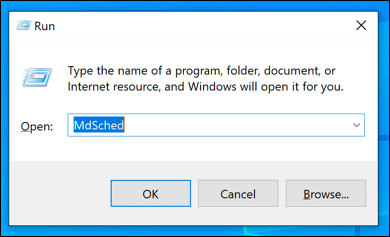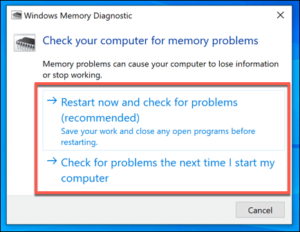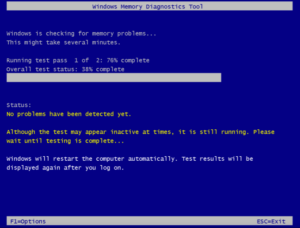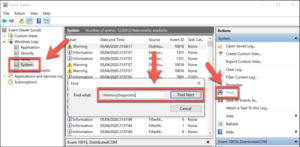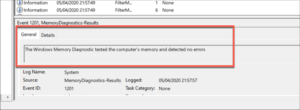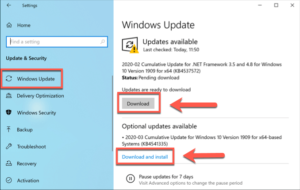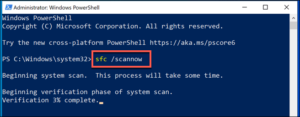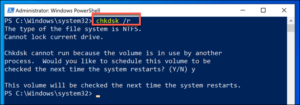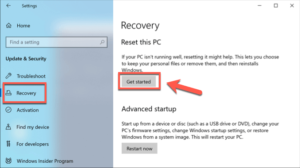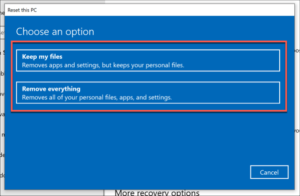
Well, In comparison to previous versions of Windows, Windows 10 is remarkably stable. The old Blue Screen of Death (BSOD) errors are long gone, but that doesn’t mean they’re gone forever. When Windows detects a problem, such as a Windows stop code memory management error, it will still generate a BSOD error.
This type of error is very specific, and despite the complicated-sounding name, BSOD errors like these are usually simple to troubleshoot and resolve. However, because the Windows stop code memory management BSOD indicates a problem with your system memory, here are a few fixes you can try to resolve the issue.
What Causes The Windows Stop Code Memory Management BSOD?
Memory management, as the name suggests, is an important part of your Windows installation—it keeps your RAM usage consistent while you’re using your computer. Unfortunately, when this process fails and rogue processes consume all of your available memory, your system becomes more susceptible to crashes and failures.
This BSOD error is one of the unavoidable consequences. A memory management error can occur for a variety of reasons, including outdated software and drivers, corrupt files, and hardware failure (especially with your RAM or hard drive). In the first instance, restart your computer to see if that fixes the problem. If it doesn’t, you’ll need to take the steps below.
Run The Windows Memory Diagnostic Tool
If the error is related to system memory, you should first use the built-in Windows Memory Diagnostic Tool. This will run a quick check of your system memory for any obvious errors, with the option to run a boot-level check immediately or postpone the check until the next time you reboot your PC.
1- To launch this tool, press Windows key + R on your keyboard to open the Run launch box, type in MdSched, and then press OK or enter.
2- A window titled Windows Memory Diagnostic will appear. Well, Click Restart now and check for problems (Recommended) to run a boot-level check of your RAM immediately, or click Check for problems the next time I start my to schedule the check for the next time your PC restarts.
Depending on the option you choose, the Windows Memory Diagnostic Tool will either run its check immediately or after the next reboot. Depending on your system, the tool will take some time to complete its check.
When the test is finished, open the Event Viewer to view the log report.
1- Right-click the Windows start press and select Event Viewer. When it opens, navigate to Event Viewer (Local) > Windows Logs > System, click Find, type MemoryDiagnostic, and then click Find Next to start looking for the report.
2- The first result it finds will be the result of your test; any errors it finds will be displayed at the bottom under the General tab for you to troubleshoot further.
If no errors are found, but the BSOD error persists, you’ll need to look into other possible solutions.
Check Your Drivers And Update Windows
While it isn’t a miracle cure, simple stop code memory management can help. The obvious Windows 10 fix is to update your drivers and check for any available Windows system updates to install critical bug fixes and device optimizations. From the Windows Settings menu, you can search for Windows 10 updates (including driver updates).
1- Right-click the Start button, then press Settings to open the Windows Settings menu, and then select Update & Security. For any available updates, click Download or Download and Install.
You may need to visit the manufacturer’s website to download the most recent, up-to-date drivers for certain devices (such as your graphics card).
Check For Corrupted System Files
If your PC is up to date, check to see if corrupt system files are causing memory management problems. The sfc command, which can be run from an elevated command line or PowerShell terminal, can quickly check your PC for corrupted system files.
1- Begin by right-clicking the Windows start button and selecting PowerShell (Admin). Enter sfc /scannow into the open PowerShell window.
2- Wait for the process to complete—this could take a few minutes or longer, depending on your computer. If any errors are detected, they will be corrected (where possible).
If no problems with your Windows installation were discovered, you could use the Check Disk utility to ensure that your drive has no file system errors (chkdsk).
3- In the open PowerShell window, type chkdsk /r and press Enter. When you reboot, you’ll be asked if you want to run this check again; press Y to confirm, then restart your keyboard.
Once restarted, your computer should begin a check of your hard drive, repairing any issues it finds.
Reset Windows 10
Aside from software checks, a corrupted PC can sometimes only be fixed by resetting or reinstalling Windows to return it to a clean slate, erasing any unknown software issues. This is the last resort, but it may be your only option before replacing your hardware entirely.
Fortunately, Windows includes a built-in reset option as an alternative to a full reinstallation, though you can also reinstall Windows entirely using a USB drive or DVD if you prefer.
1- To reinstall Windows, right-click the Start press and select Settings. To begin the reset procedure, go to Update & Security > Recovery > Get started.
2- At the next stage, choose to Keep my files to save your documents and desktop files, or Remove everything to completely wipe your Windows installation and reset it to factory defaults.
Replace Your Hardware
Unfortunately, if the BSOD error is caused by faulty hardware, no software fix or Windows reinstallation will resolve if you discover a problem with your RAM while testing; your only option is to replace it.
If you’re unsure whether your RAM is faulty, but the Windows Memory Diagnostic Tool has detected issues, download and run MemTest86 to perform a more thorough test of your RAM to confirm whether the errors are due to hardware failure.
However, your system memory may only be one piece of the puzzle. If you’re still getting this BSOD error after attempting all of these fixes, you might need to replace other components, including your hard drive.
Wrapping Up: Fix The Windows Stop Code Memory Management BSOD Error
BSOD errors are uncommon, but when they do occur, these tips should help you troubleshoot the problem. For example, the Windows stop code memory management BSOD error usually indicates a problem with your RAM, but you may need to run the Windows Check Disk tool to check for hard drive problems. Suppose you are unable to resolve this error. In that case, you may need to consider testing for bad memory on your PC if you have exhausted all software fixes (including resetting Windows itself). Please share your BSOD fixes in the comments section below.
